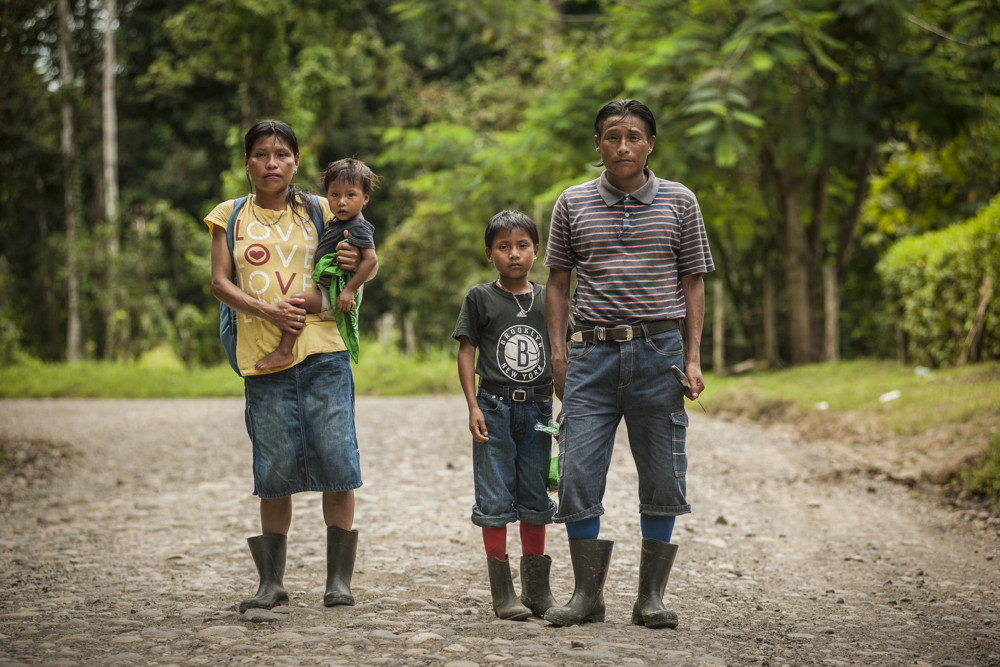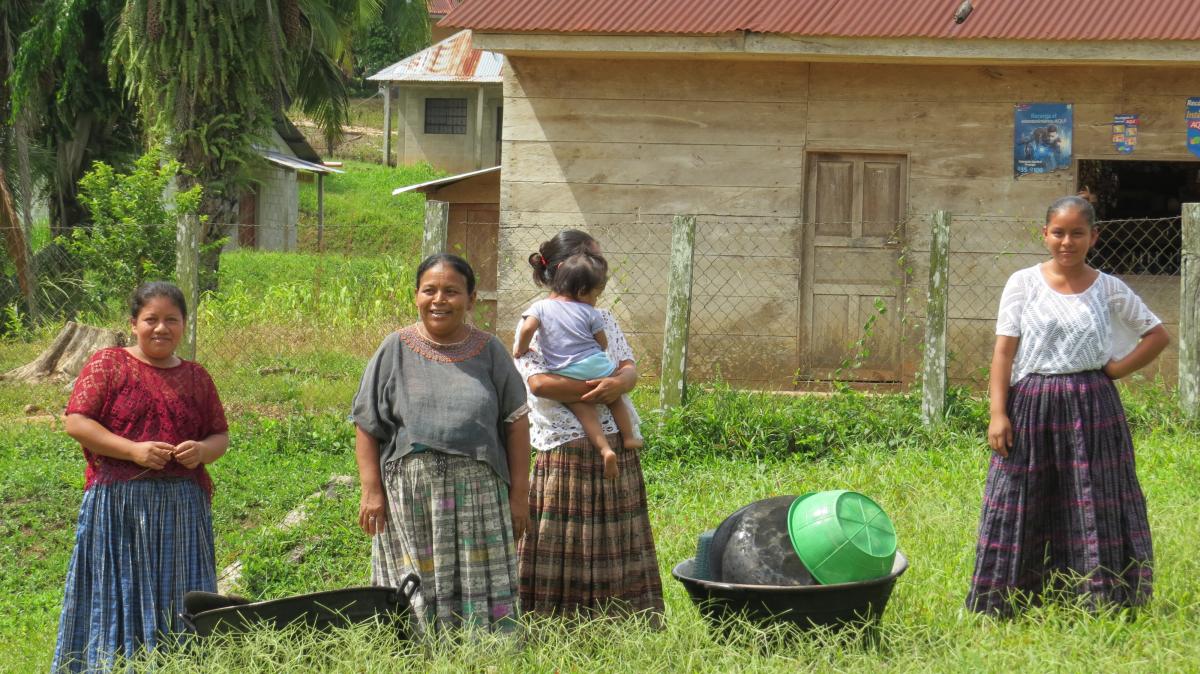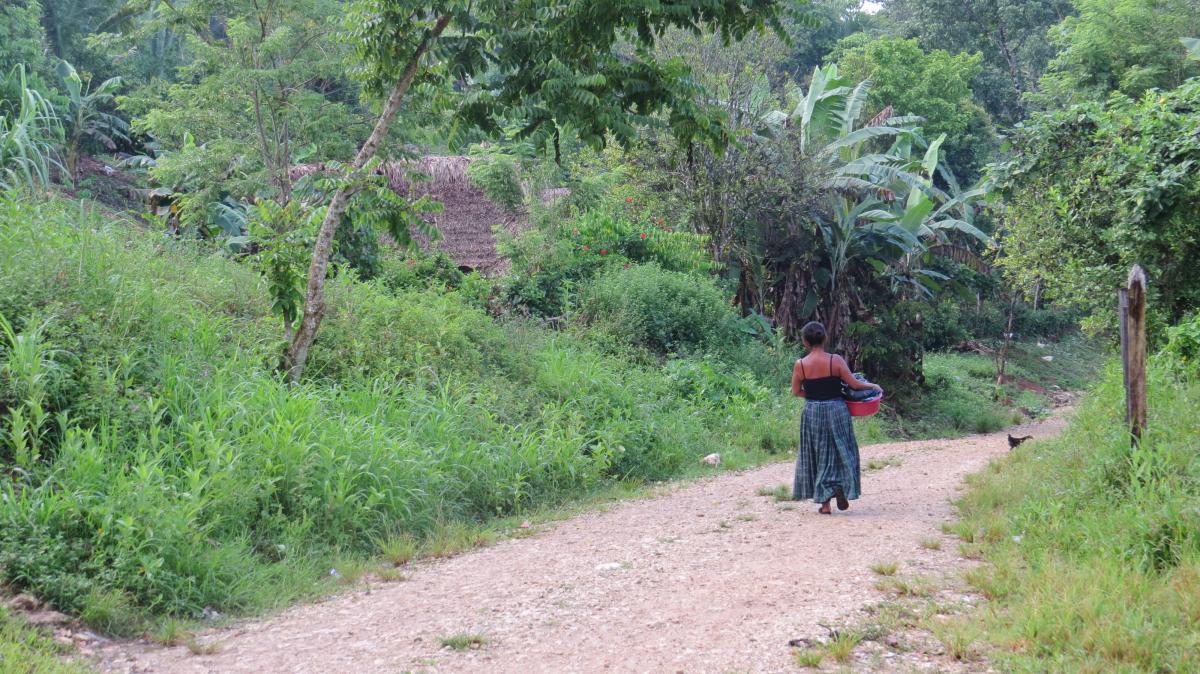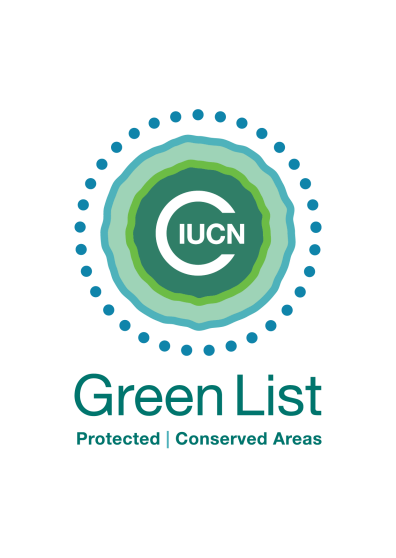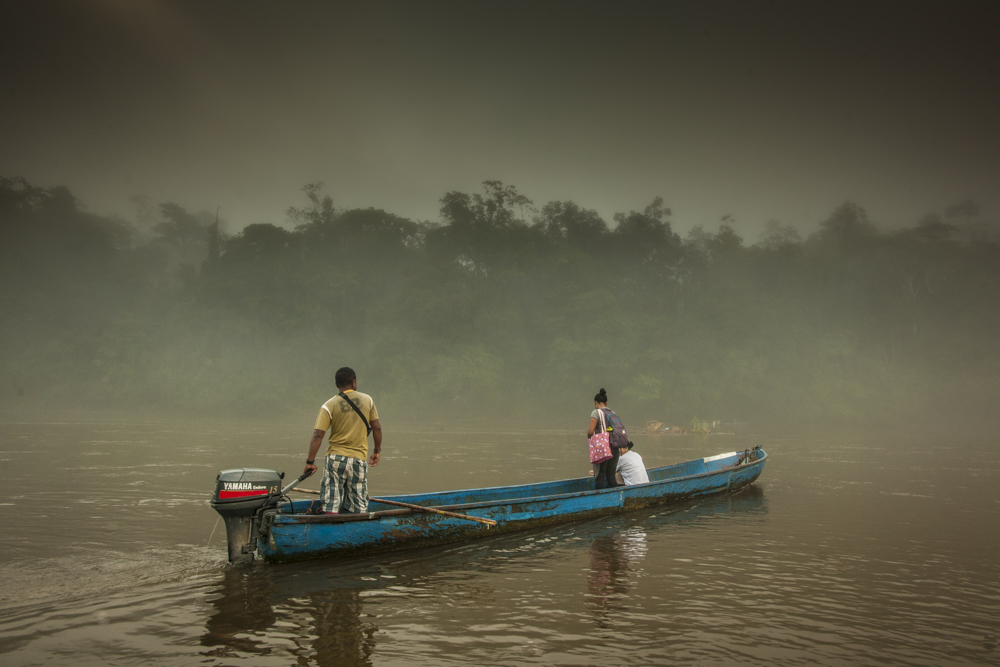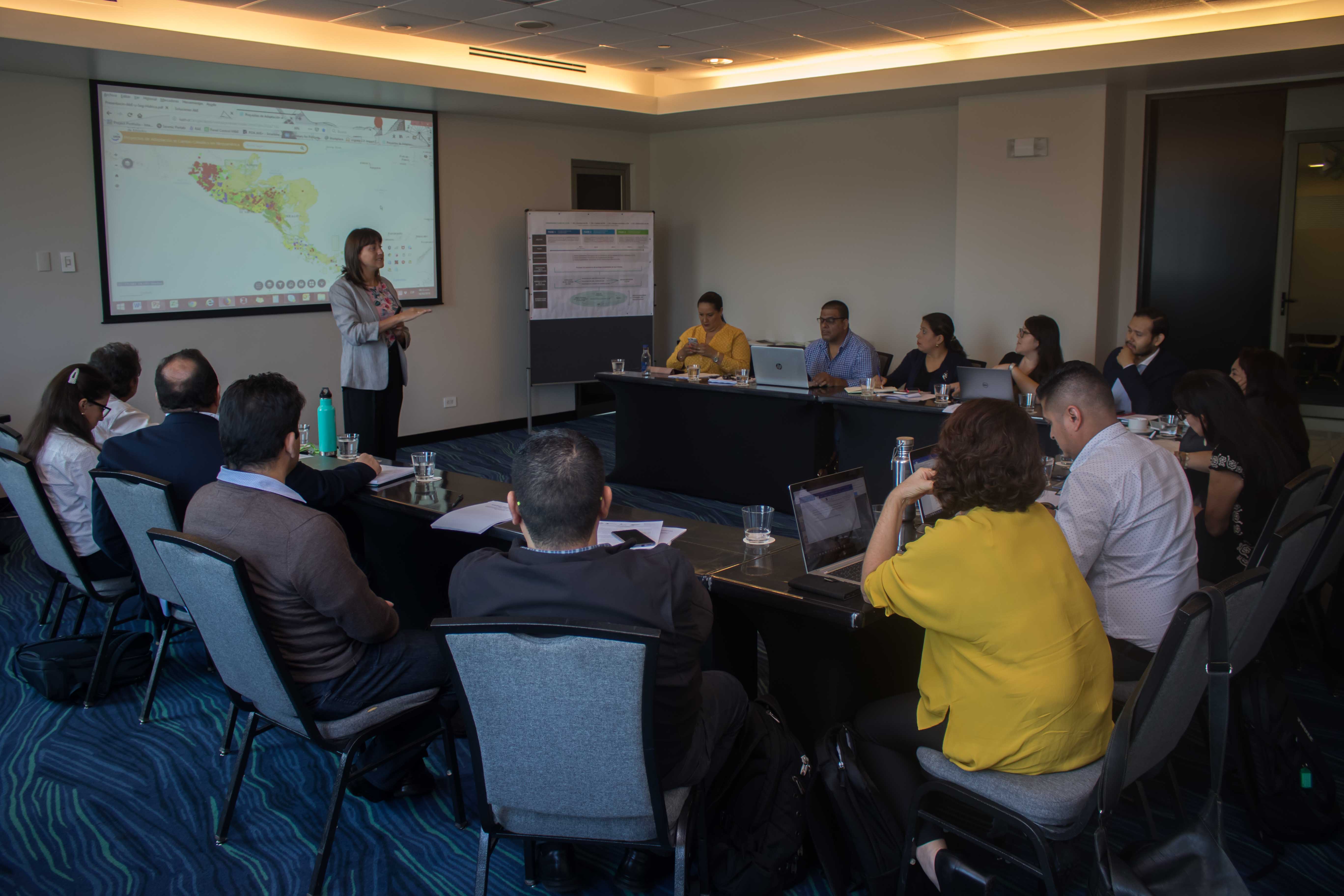Indigenous peoples: crucial link in the work of IUCN
Indigenous issues and rights constitute an integral part of the human rights standards that support the rights-based approach applied by IUCN.
Costa Rica (IUCN). August 9 is commemorated as the International Day of the World’s Indigenous Peoples in recognition of the first meeting of the United Nations Working Group on Indigenous Populations in Geneva in 1982. This year, the theme focus on the current situation of indigenous territories, the root causes of migration, the challenges and ways to encourage the protection of their rights in or outside their traditional territories.
The United Nations Declaration on the Rights of Indigenous Peoples was recognised by IUCN in 2008, and its incorporation in the IUCN Programme was strengthened from the year 2012 through the adoption of new policies and operational strategies. Since then, decisions have been taken to strengthen the application of the principles of this Declaration for the conservation of nature and the sustainable development agenda.
“For years now, IUCN’s work has increasingly incorporated the demands, feeling, aspirations and recognition of indigenous peoples. Their presence and contributions have been embodied in its Resolutions, documents that govern the IUCN’s work and objectives and which are approved in the General Assembly at the World Conservation Congresses through voting and democratic exercise by its more than 1300 Members,” said Grethel Aguilar, Director of the IUCN Regional Office for Mexico, Central America and the Caribbean.
In 2016, IUCN Members adopted the decision to create a new membership category for indigenous peoples’ organisations, thereby acknowledging the contribution and importance of indigenous peoples for conservation and for the rest of humanity.
“IUCN has driven other formal mechanisms for the full and effective participation of indigenous peoples, such as establishing a designated position this year for an indigenous leader in the IUCN Council. This is an example of how to strengthen bridges to work together using a Rights Based Approach and an effective governance in natural resources conservation,” stated Dr Aguilar.
IUCN Resolutions
Since 2004, at least six IUCN Resolutions have dealt directly with indigenous matters. Resolutions 095 (World Conservation Congress 2012) and 075 (World Conservation Congress 2016) speak specifically to the value of traditional knowledge and local practices as vital references in tackling global social challenges like climate change, and regional challenges such as the conservation of Amazonia.
Resolution 094 (World Conservation Congress, Korea 2012) calls for the recognition and reaffirmation of indigenous peoples’ rights of self-determination, self-government, full and effective participation in decisions affecting them, equitable sharing of costs and benefits, and other essential rights and responsibilities articulated in the United Nations Declaration on the Rights of Indigenous Peoples and International Labour Organisation (ILO) Convention 169 on Indigenous Peoples.
Resolution 096 recognises the indigenous territories as conservation areas in the Amazon Basin, while underscoring the constant environmental risk from extractive activities and concessions in territories inhabited by indigenous peoples. With its approval, the resolution also indicates that Amazonia’s future depends on maintaining the ecological processes that make it possible to withstand the pressures of climate change and demand for natural resources, a scenario in which indigenous territories play a decisive role for the conservation of biodiversity and as strategy for coping with climate change.
Resolution 075, approved at the 2016 World Conservation Congress in Hawaii, indicates that while the planet seeks innovative approaches to development and responsible natural resource management, indigenous peoples offer examples of sustainability that serve as world models.
In some regions of the world it is not possible to achieve conservation objectives without recognising the rights and values of indigenous peoples. The Amazon basin is an example of this reality, the world’s largest tropical forest ecosystem with an extension of 7.8 million km2, with the greatest terrestrial biodiversity on the planet where Amazonian indigenous peoples live.
In this regard, the Kichwa people of Sarayaku, located in the Amazonian region of eastern Ecuador, recently launched the declaration of Kawsak Sacha (which means Living Forest). The Kawsak Sacha declaration is universal and proposes a legal recognition of the call for territorial rights and of Pachamama, as necessary and essential for the balance of the planet and the preservation of life.
Kawsak Sacha is a concept encompassing the tangible and the spiritual that speaks to us of an indissoluble relation between the culture, the natural resources and the territory. We know that this understanding has always formed part of the world vision of the indigenous,” stressed Dr Grethel Aguilar.
